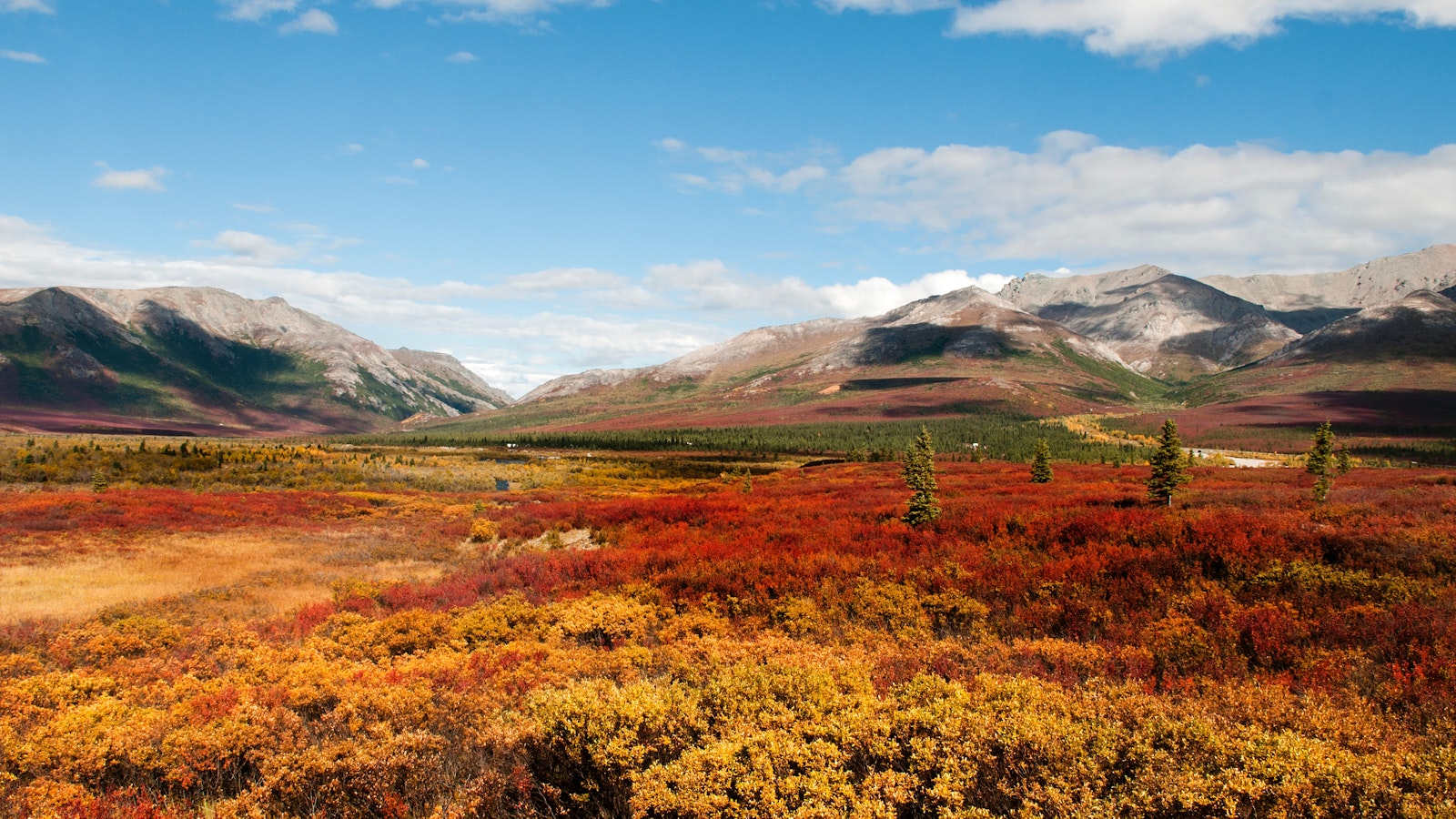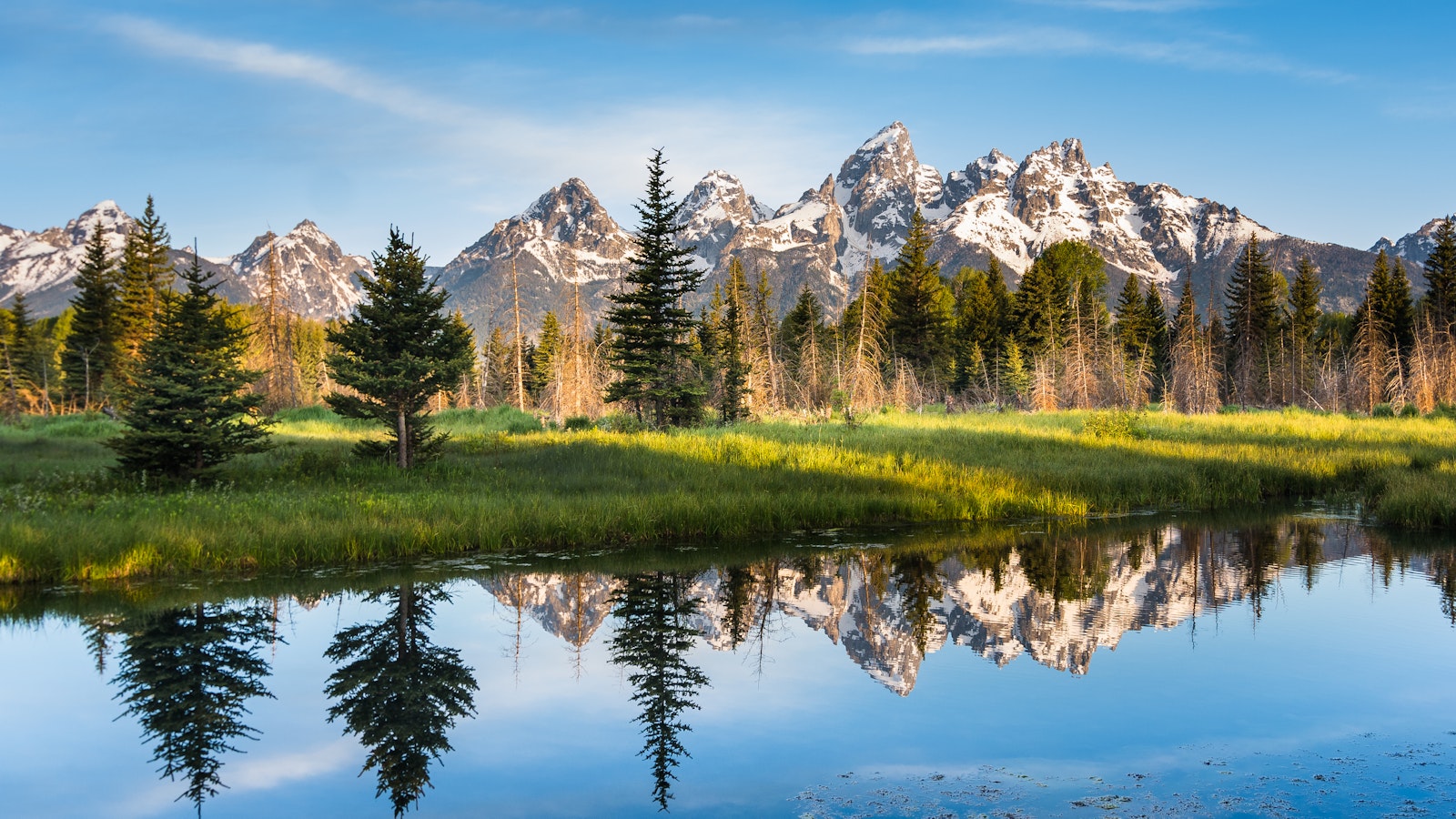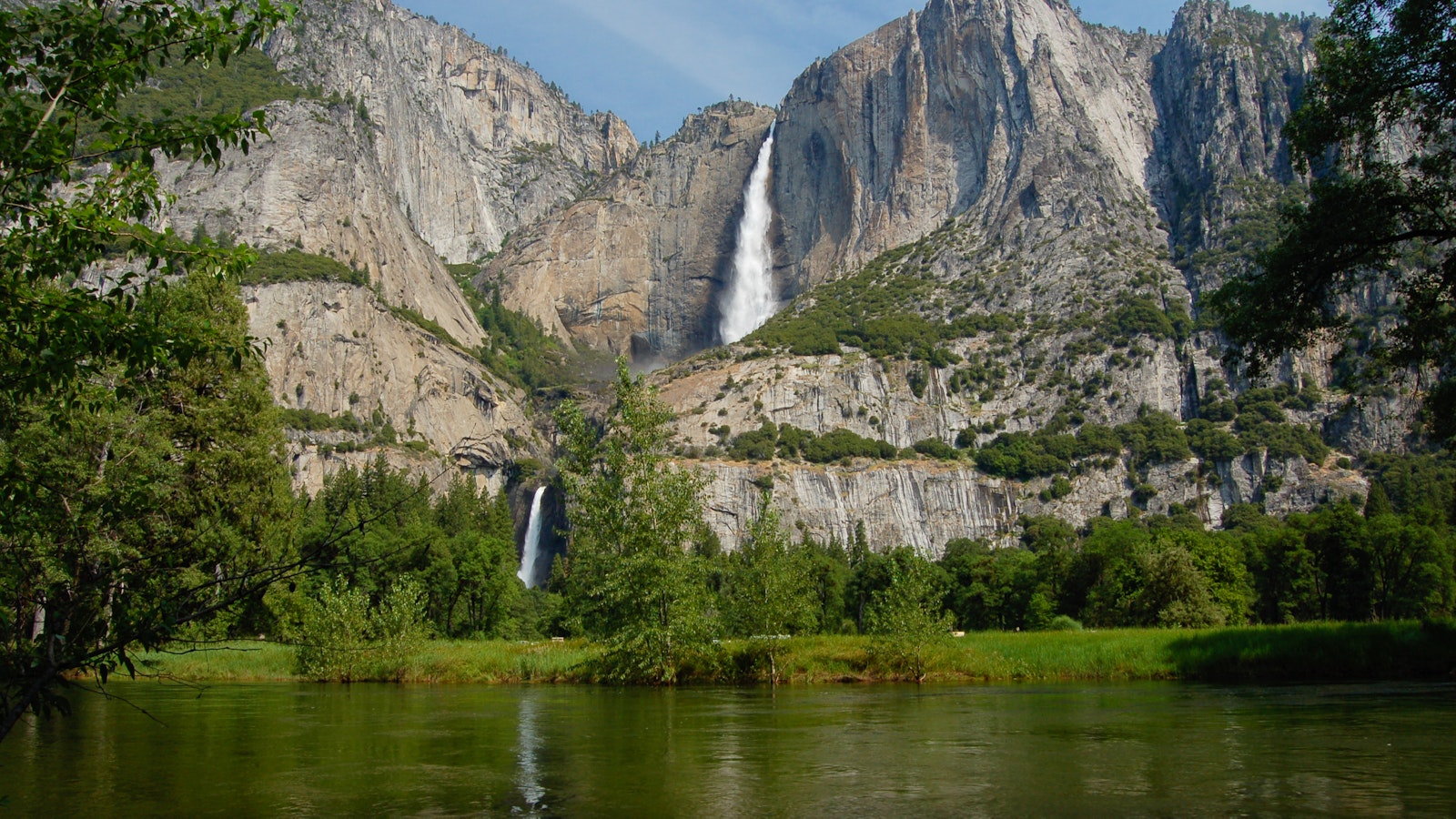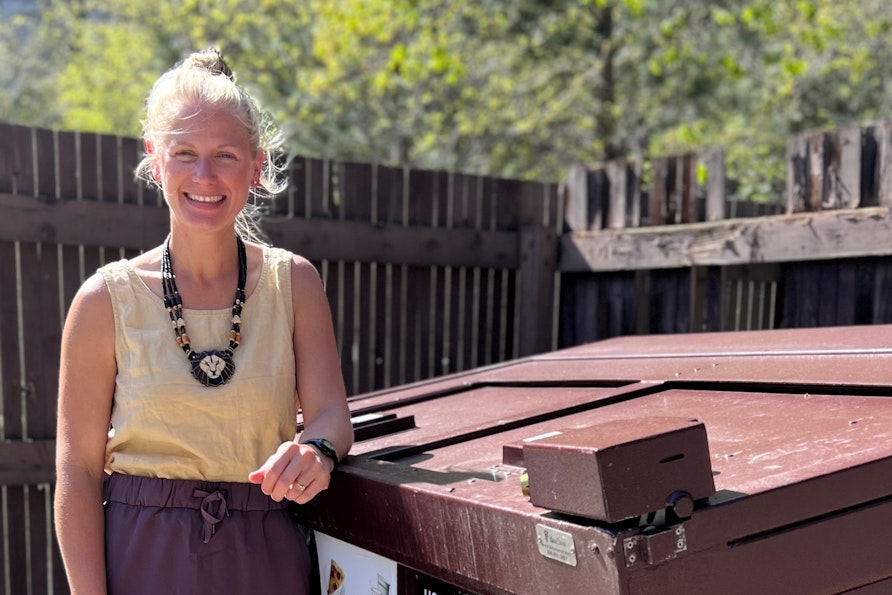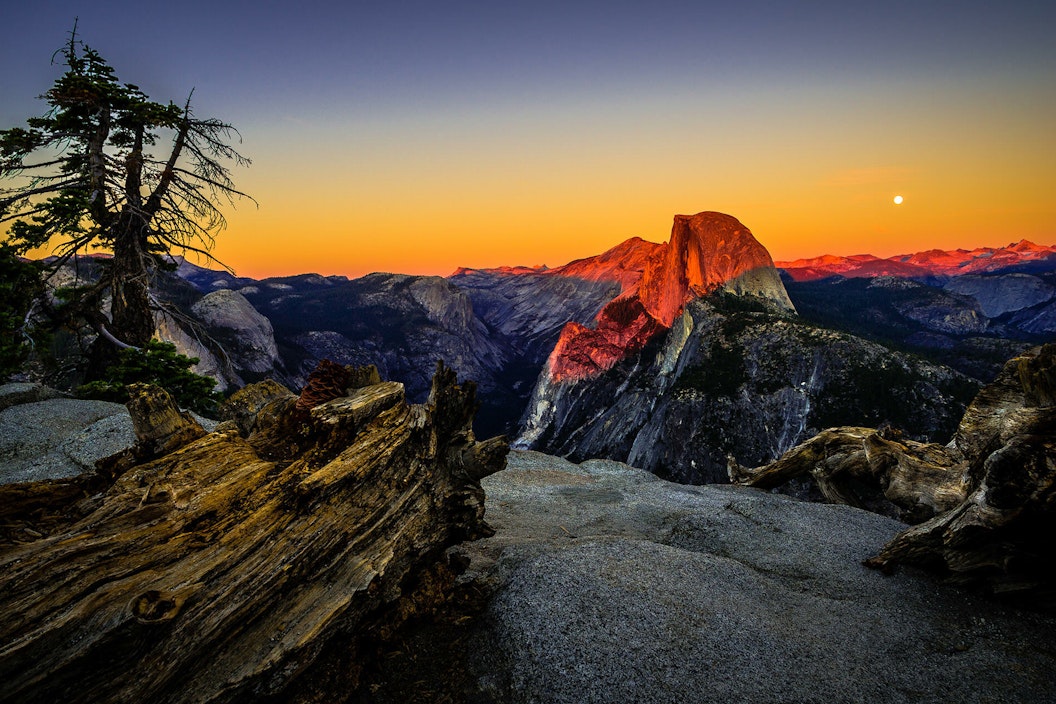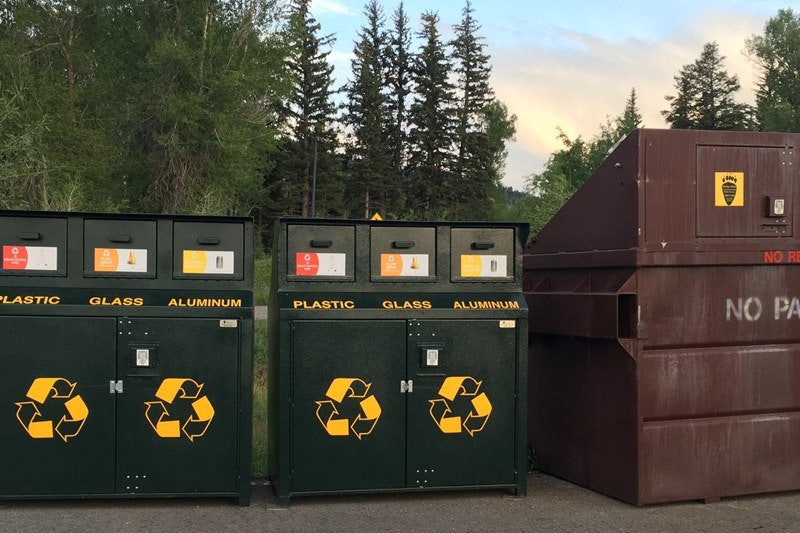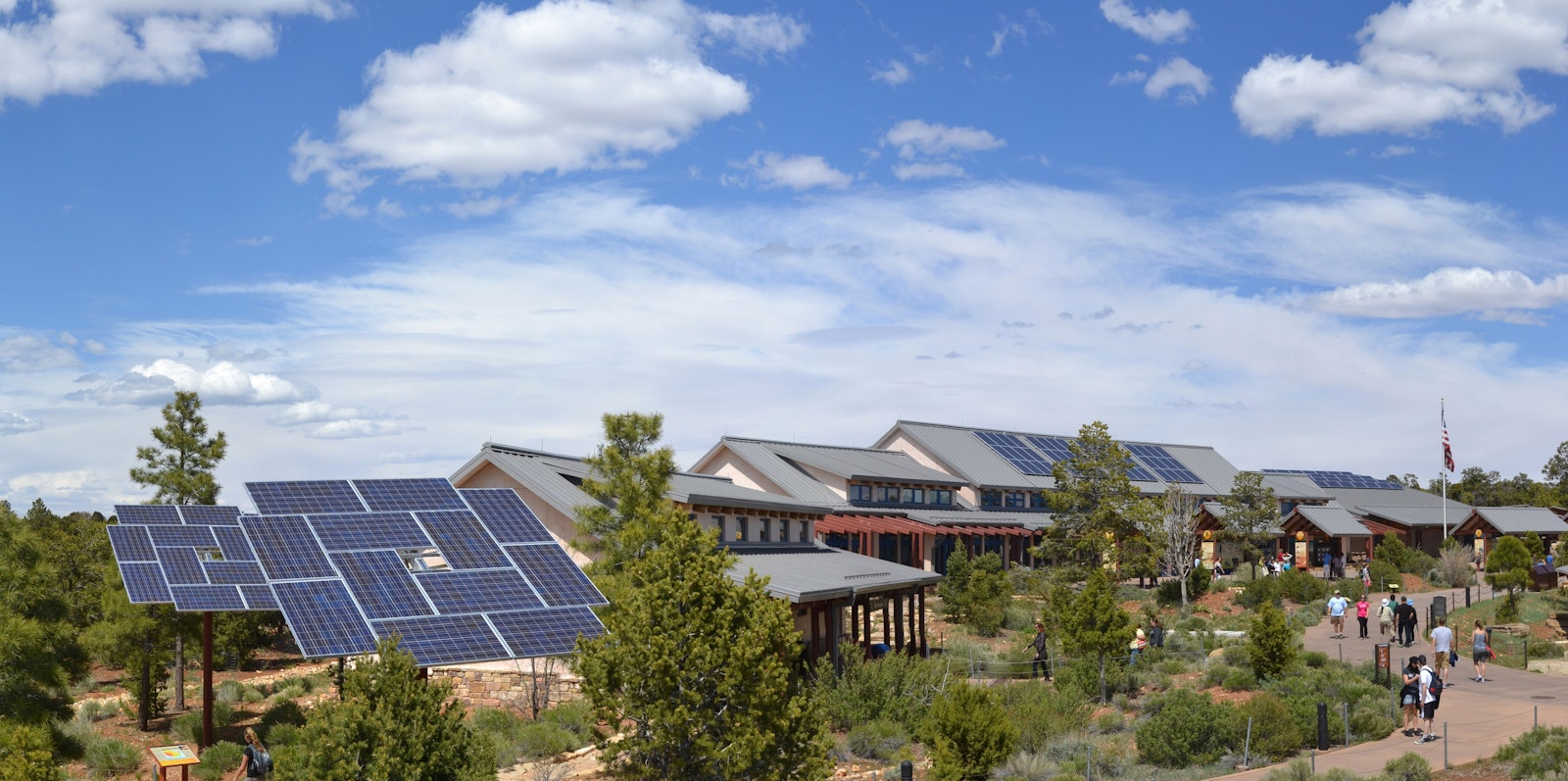Waste Not, Want Not
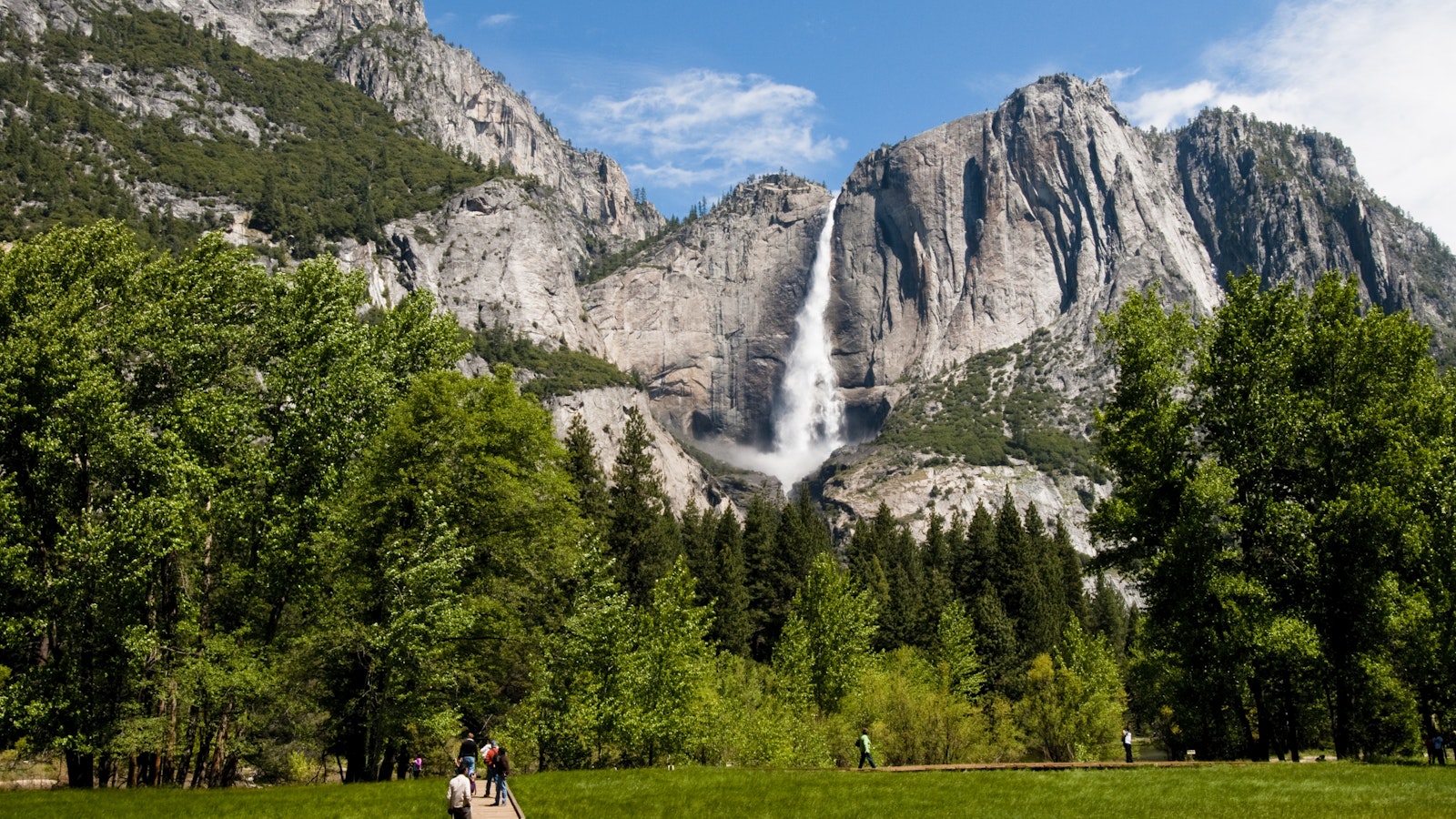
.
.
Part of the Subaru-funded Don’t Feed the Landfills Initiative, Yosemite’s composting and fuel cylinder diversion and recycling programs have grown tremendously over the last year. One woman, Tina Moseley, leads the charge.
“Just a heads up, it’s going to smell pretty bad,” Tina Moseley said, peering down into the compost bin’s undistinguishable mass of eggshells, apple cores, soggy paper, and mystery slop.
As the Don’t Feed the Landfills and Sustainability Coordinator at Yosemite National Park, a position funded by Subaru, Moseley built and implemented most of the composting and fuel cylinder recycling program for the park and the surrounding communities.
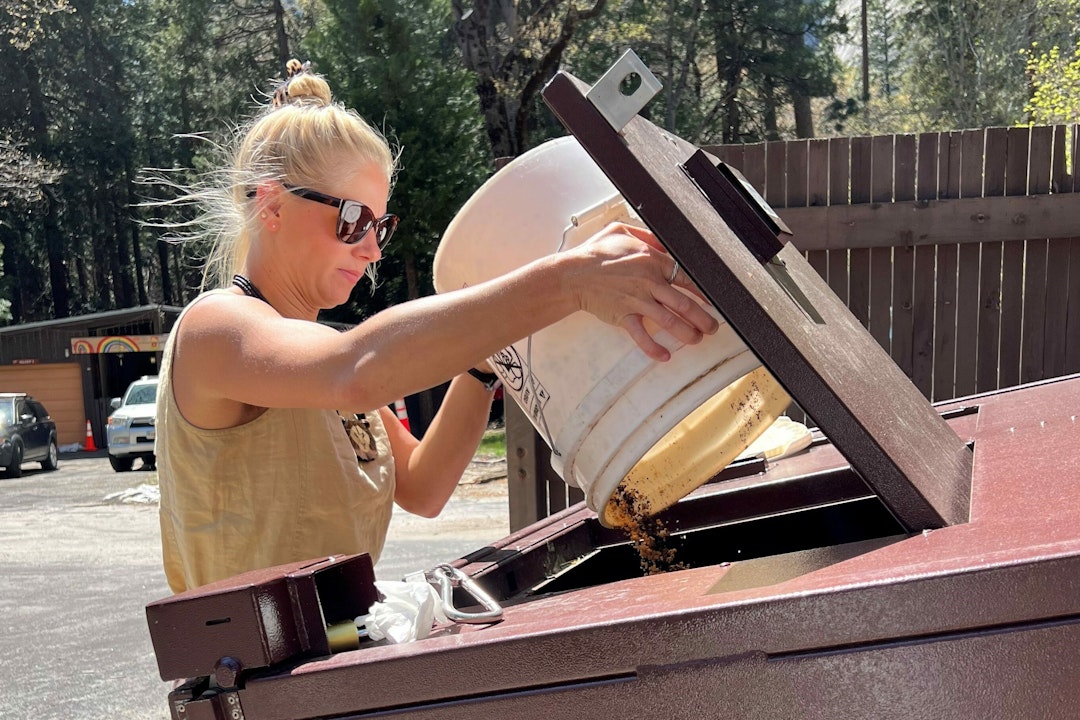
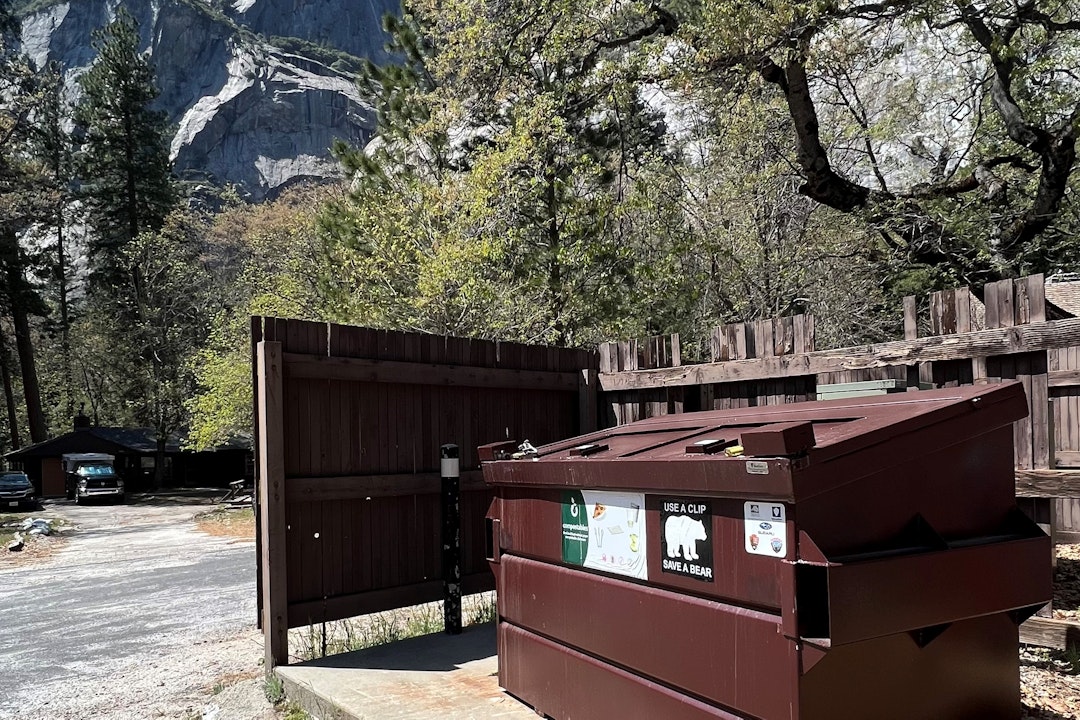
For Yosemite National Park, Moseley and her colleagues hope that change will look like diverting as much waste as possible and composting or recycling everything else. The impact, they hope, will help both Yosemite and the gateway communities surrounding the 750,000+ acre park.
Mariposa County, home to much of the park, has a population of 17,000, while Yosemite National Park hosts roughly 4 million visitors each year. The contrast of populations means that Yosemite National Park’s waste footprint places an outsized burden on the surrounding communities responsible for processing waste.
In response, Subaru worked with the National Park Foundation (NPF), the National Parks Conservation Association, and park concessionaires to launch the Don’t Feed the Landfills initiative at three of the country's iconic national parks – Denali National Park and Preserve, Grand Teton National Park, and Yosemite National Park.
Opening the brown metal door as she unloaded her own compost in the park’s ranger housing district, Moseley explained how they’re selecting a new bin style so that future bins won’t be hot to the touch from the sun. A proud steward of a program that’s inherently dirty work, she inspected the outside of the bin, rubbing a bubble under the bin’s label.
“My passion is waste,” Moseley explained. “I love waste diversion because it’s tangible. We see and touch it every day. It really makes you connect with what we can do as individuals. And we have the opportunity to make real change.
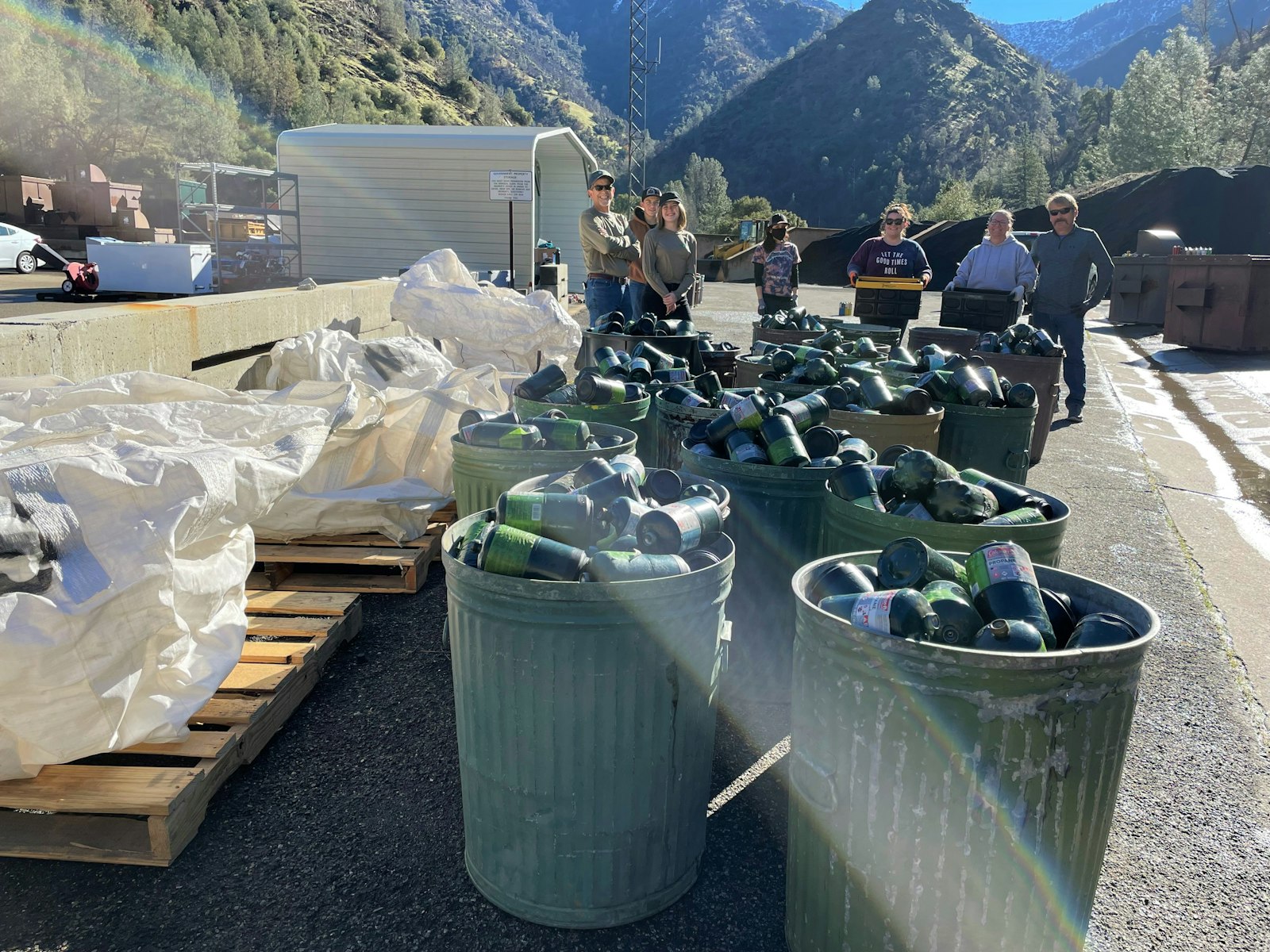
By The Numbers
-
80Million PoundsThe National Park Service manages 80 million pounds of waste annually.
-
14Compost BinsFunded by the Zero Landfill Initiative and Yosemite Hospitality, the park has 14 compost bins.
-
19Million PoundsThanks to Subaru's Don't Feel the Landfills initiative, 19 million pounds of waste have been reduced.
Community, Collaboration, and Compost
While the Don’t Feed the Landfills Initiative began in 2015, the program has seen exponential growth in the last year— adding four new bins just this summer. And through both the Zero Landfill Initiative and Yosemite Hospitality composting program, the park has added ten new bins since 2015.
Moseley credits the success of the composting program to the collaboration across park partners. Yosemite Hospitality (the park’s concessioner), Yosemite Conservancy, the National Park Service, Mariposa County, Nature Bridge, Don’t Feed the Landfills partners, and others all worked together to support the program.
The Unlikely Compost Champions
But perhaps the biggest compost champions are also the smallest.
“It’s so cool to see how excited the kids get! They’ve taken this program, and they made it all their own. They completely ran with it and made it even bigger and better,” Moseley said.
When Moseley first gave her food waste collection presentation at the El Portal school, located just outside Yosemite National Park, she was hoping to start a modest composting effort at the school. With a scaling presentation—talking to kindergarteners about what a landfill is and seventh graders about greenhouse gas emissions—she wanted to spark curiosity and interest.
“I told the kids, think about what we’ve talked about, think about what you want to do for a few weeks, and we will come back and make a plan,” Moseley said.
She never expected what would happen next.
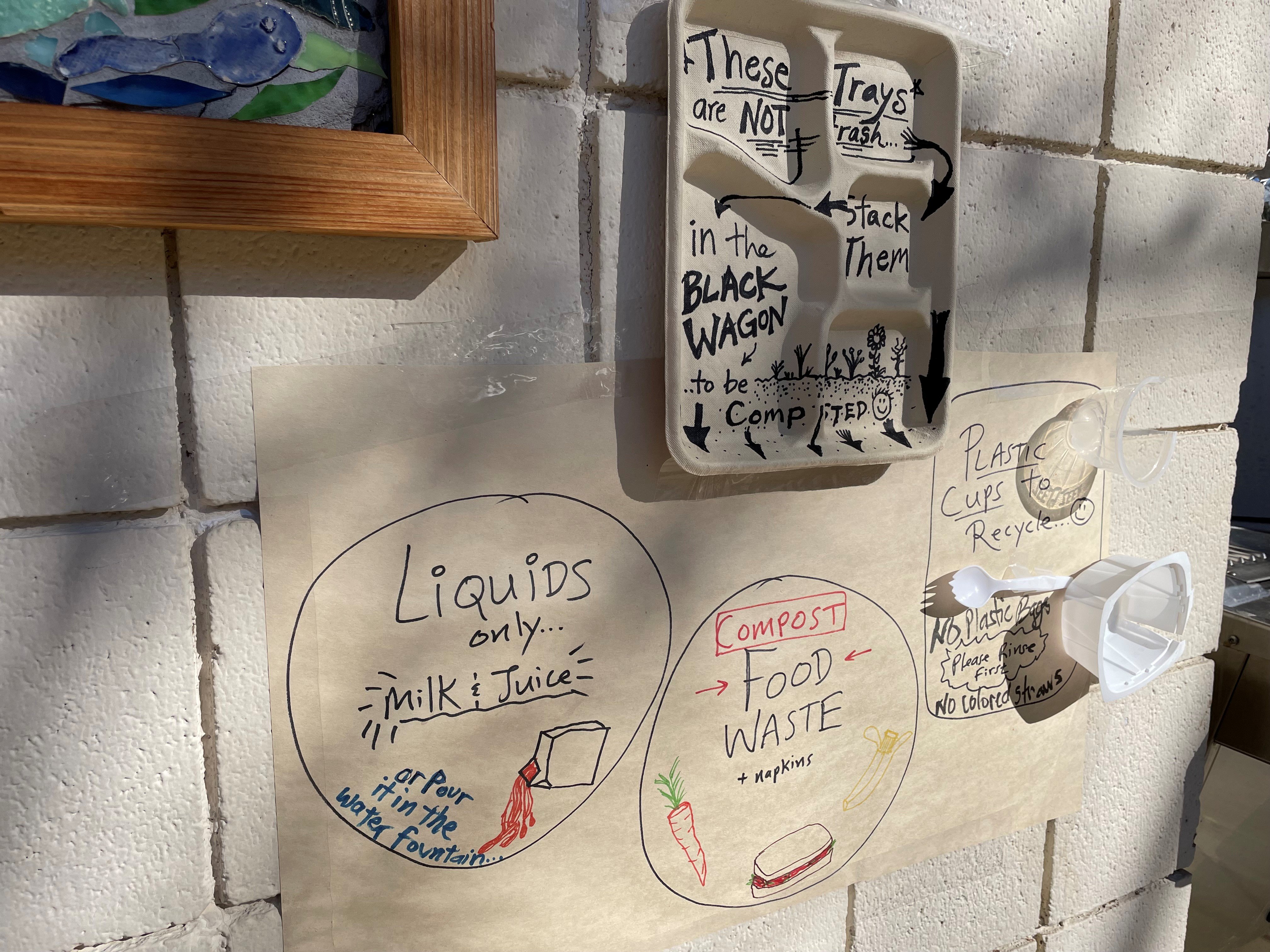
With some guidance from Moseley and teachers, the students transformed the school’s entire lunchroom choreography. They added new bins to sort waste in the lunchroom, creating their own posters to signal what’s allowed in each bin. A bucket for recycling, a bucket for food waste, and a bucket for milk and liquids so that it’s not as messy.
Each week, two seventh graders are designated food waste leaders, an honor the kids get seriously excited about, Moseley says. The leaders help ensure that the younger students are properly sorting their waste, helping to engrain these ideas in even the youngest compost champions.
“These are protected lands accessible for all Americans. And we have this huge waste problem,” Moseley said. “There was a real need and Subaru saw that.”
Since launching the initiative, Subaru has provided almost 1,000 waste and recycling containers in the three pilot parks. Collectively, the parks have recycled and composted nearly 19 million pounds of waste.
Then the leaders load the buckets onto a wagon and roll it down to the organic dumpster on the property. Just like Tina did with her own compost, the students lift the lid and empty the buckets of organic matter.
While the infrastructure isn’t complex—a dumpster, a few buckets, and a cart—Moseley says there’s rarely a school budget for any extras like these. It takes outside help, in this case, the Don’t Feed the Landfills Initiative funded by Subaru, to create these programs.
And the impact is already clear. The lunchroom custodian now empties the lunchroom trashcans only once per day, down from three times per day. All of that waste is now being composted instead of heading to a landfill.
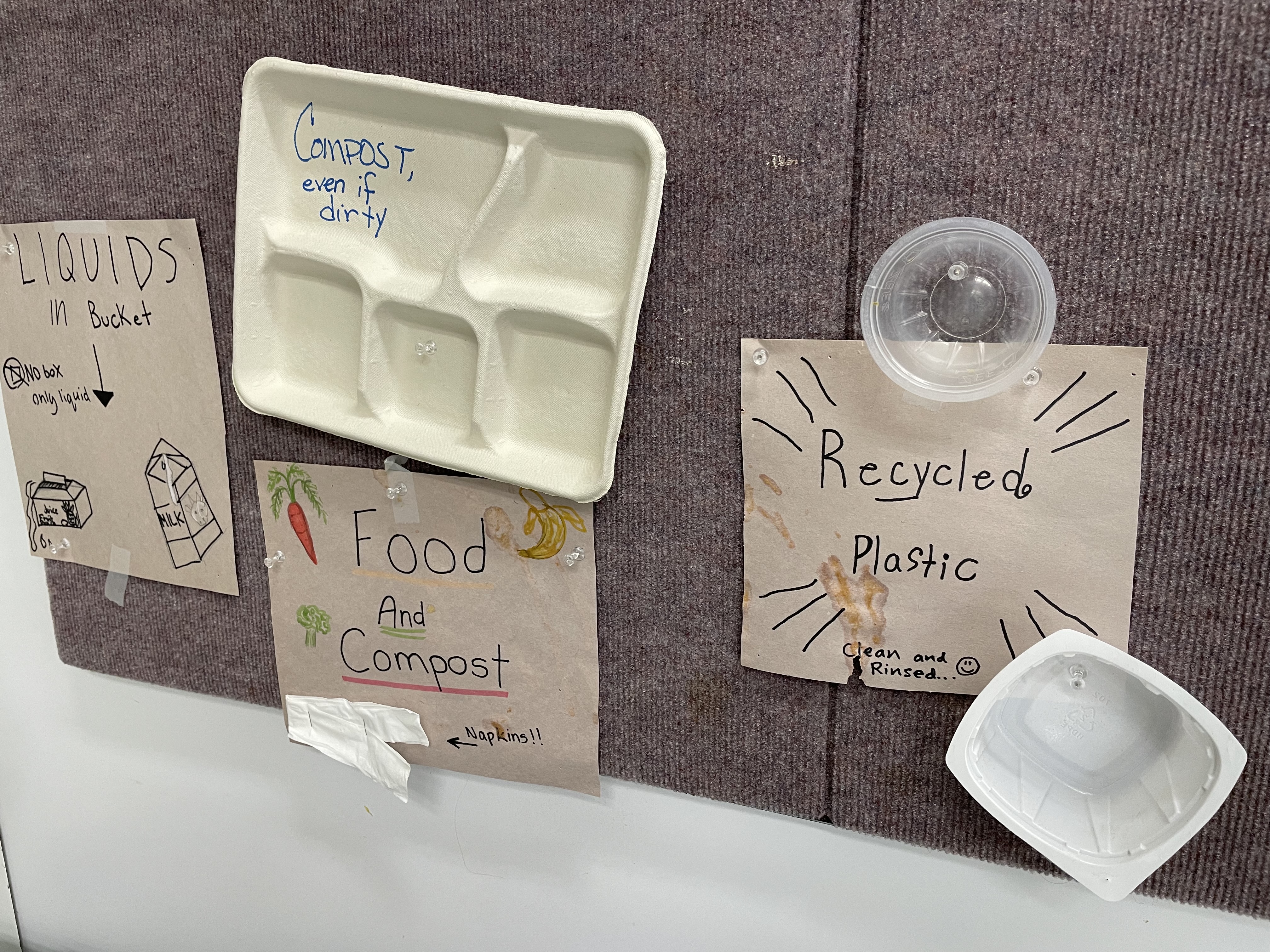
The excitement for the program has real, sustained traction. Visiting the school after the compost program launched, Moseley wanted the kids’ feedback on how to make the program and rollout better both at their school and for future schools. Their response? More!
“They just want to divert more,” Moseley said. “They asked me, ‘What about these snack wrappers? What about our fruit cups?’ And so now they rinse out the fruit cups and recycle them. They’re going above and beyond anything we expected.”
And Moseley teamed up with Sam Cerveney, Solid Waste & Recycling Manager for Mariposa County, and Megan Lynch, to do more too.
The three connected through the Don’t Feed the Landfills Initiative and are standing up programs in additional schools and daycares, some that didn’t even have a recycling program prior to being approached. The growth of the program is a testament to the power of collaboration, Moseley says.
"I'm trying to incentivize the community to compost and learn more about composting. But the people who are actually doing it are the residents, employees, and students. We are all working together.”
Pack In, Pack Out: What About Hazardous Waste?
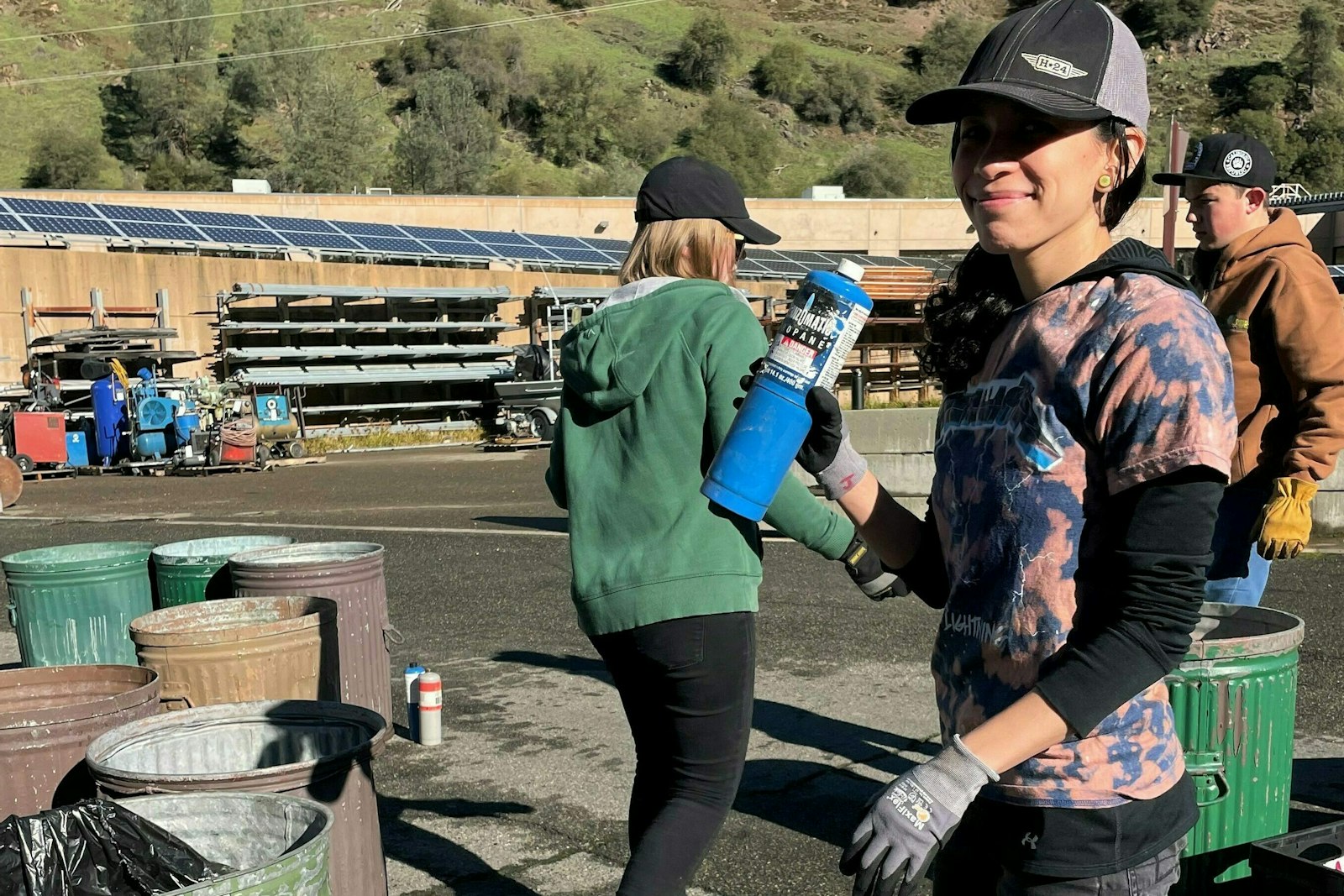
While fruit cups are relatively easy to recycle, fuel cylinders present other hurdles. Leaving the schools, and heading to campgrounds inside Yosemite National Park, Moseley also leads the charge to divert fuel cylinders from landfills. The cylinders (picture a small grill propane tank) are either isobutane, butane, or propane and are mostly used for cooking while camping.
Collecting in just six of its 13 campgrounds currently, Yosemite National Park already collects 24,000 canisters on average annually.
“Our goal is to reduce the amount in the waste stream. If cannisters come into our parks, we want to collect and recycle them. But we also want people to have alternative options and the education on why these are bad," Moseley said.
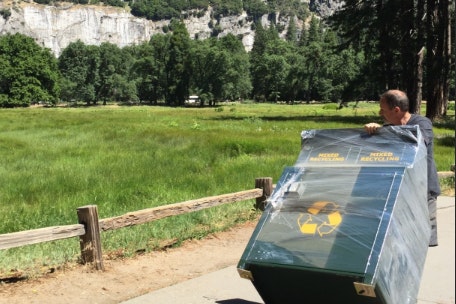
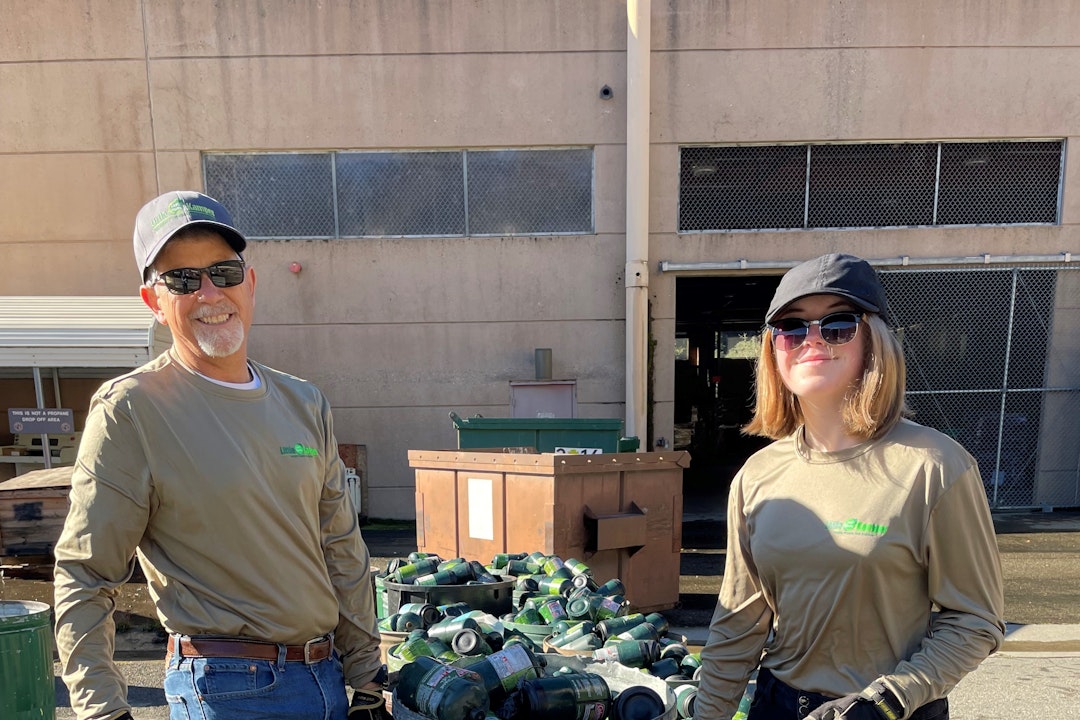
And participation from residents in gateway communities is integral to the success of the program, Moseley says.
"There is value in connecting with people at home. If we are engaging them at home, we believe we can bring it into the workplace too,” Moseley said. “If a Yosemite Hospitality chef is collecting both [at home and work], they’re going to know a lot more about the project. And if they’re hearing about it in their social group, we’ve found that they’re just more invested.”
So she spends a lot of time educating local residents about the composting program. You can find her hanging out at local haunts, including the regular appearance of Sal’s Taco Truck, to enroll residents in the program.
The problem isn’t just the sheer number of canisters, but the environmental concerns with recycling hazardous waste.
After a cylinder is used, it becomes classified as hazardous waste. To safely handle, a sanitation company removes the residual fuel and then can recycle for scrap metal. It’s an expensive, highly-regulated, and labor-intensive process.
Each canister costs over $2 to recycle – costing the park over $50,000 each year to manage. And because of the price of steel and requirements to make bins bear proof, standing up recycling bins for fuel cylinders is expensive too.
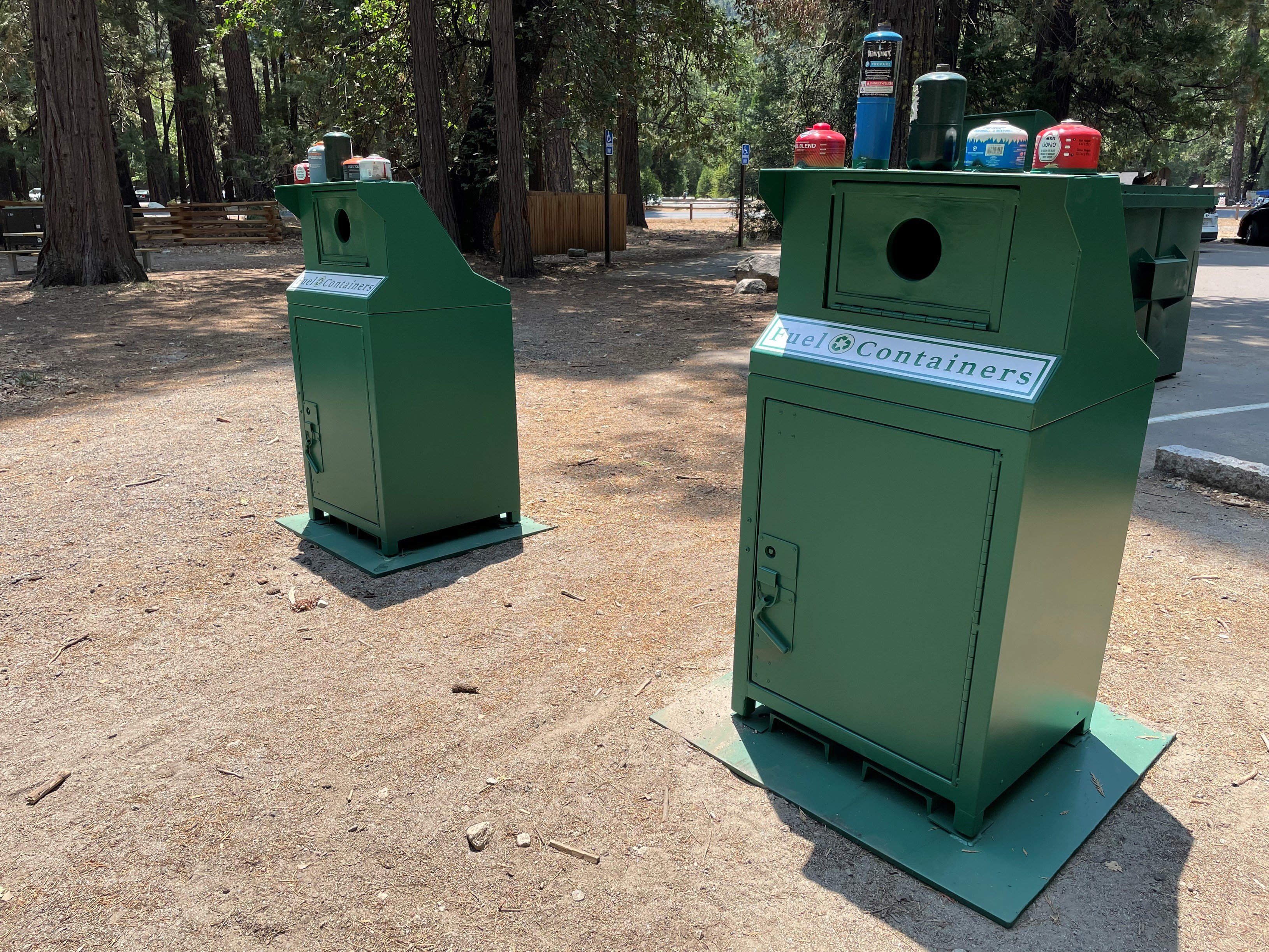
Recruiting local residents as volunteers, Moseley organized five collection and counting days in 2021. Volunteers separated thousands of canisters by fuel type and manufacturer and put the canisters into specialty hazardous waste sacks to prepare them for recycling.
“It’s great to be able to help the National Park Service because managing and trying to safely recycle [fuel cylinders] is such a burden on the park. It’s so expensive and labor intensive,” Moseley said. “We have volunteers who come out and they see what a month and half of cylinders in the warehouse looks like. It’s just unbelievable to see thousands of canisters.”
Moseley is also helping educate park visitors on re-usable fuel options. In fact, she partnered with Yosemite Hospitality to make the park one of the first national parks to stop selling single-use cylinders. Instead, campers can purchase a re-usable, re-fillable canister that you can bring back for a 50% refund. And these new canisters have a 12-year lifespan, much longer than a single use for every camping excursion.
A Domino Effect: Expanding the Programs in the Park and Beyond
While Moseley has stood up a composting program across schools, residential areas, and across Yosemite National Park, created a fuel cylinder recycling education program, and helped eliminate the sale of single use canisters in the park all in the last year, there’s still more to do, she says.
With an additional National Park Foundation grant awarded in spring 2022, Moseley is now in the process of adding fuel cylinder recycling bins to every campground in the park. And the composting program continues to grow as well. A USDA grant is helping expand bin access down the California Highway 140, one of the park’s main access routes.
“I hope the work we started in the park will have a domino effect. The people staying in those lodging areas and campgrounds outside of the boundary of the park, they are Yosemite guests too. So our work should expand as well,” Moseley said.
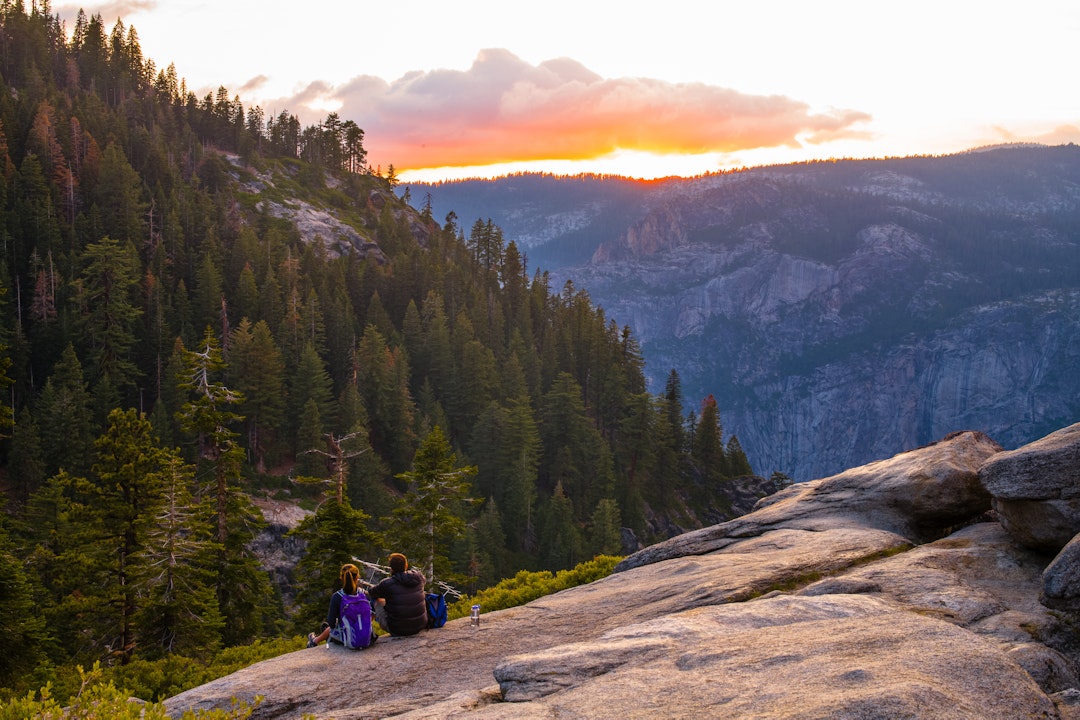
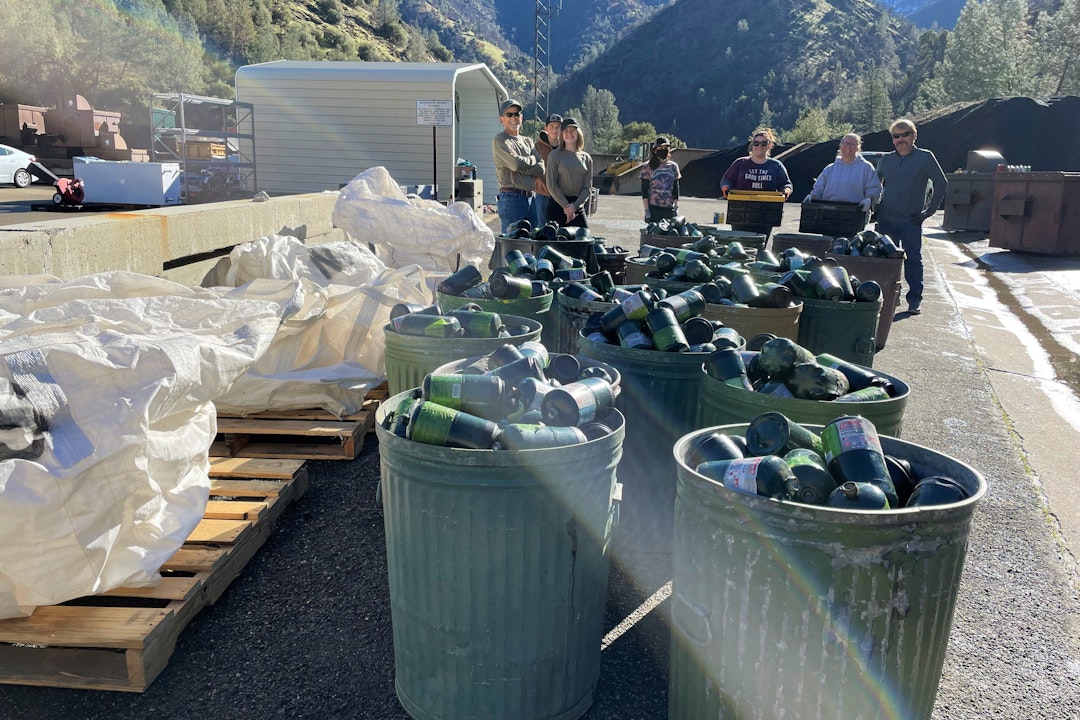
And there’s room to grow. The Mariposa County compost facility is only at 20% capacity. Moseley hopes continued program expansion will increase that number so that they have enough to make the compost marketable soil for local farmers and gardeners.
“We want it to be a complete cycle where local farmers are growing food for Yosemite using compost coming from Yosemite and the surrounding communities. We just need more momentum, more businesses involved, and more buy-in,” Moseley said.
The long-term goal? Collection bins for visitors.
Until then, you’ll still find Moseley pounding the pavement, putting a face on the ramped-up composting and recycling efforts both in the park and community. She hands out her personal cell phone number and offers to meet face-to-face with anyone who has questions.
“I’ll take anyone’s call or answer any questions. We need that education piece for the community so that they know they are part of the success,” Moseley said. “These are still pilot programs. We want to make them better. We still need more buy-in, but we can do it.”
Thanks To Our Partners
Thank you to premier Resilience & Sustainability partner, Subaru of America, for supporting the Don’t Feed the Landfills initiative. The values shared by the National Park Foundation and Subaru help us ensure we can continue to support innovative solutions as we look to make parks models of conservation and preservation.
NPF’s efforts in Resilience & Sustainability aim to reduce environmental impact and protect our parks’ resources for the enjoyment of current and future generations. Additional Resilience & Sustainability project investments are made possible through support from premier partner Tupperware Brands, signature partner The Coca-Cola Company, and supporting partner adidas TERREX.
